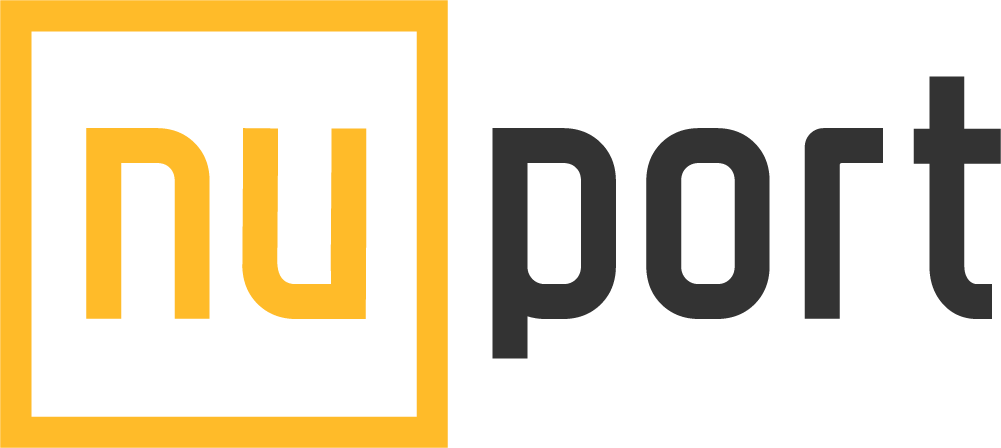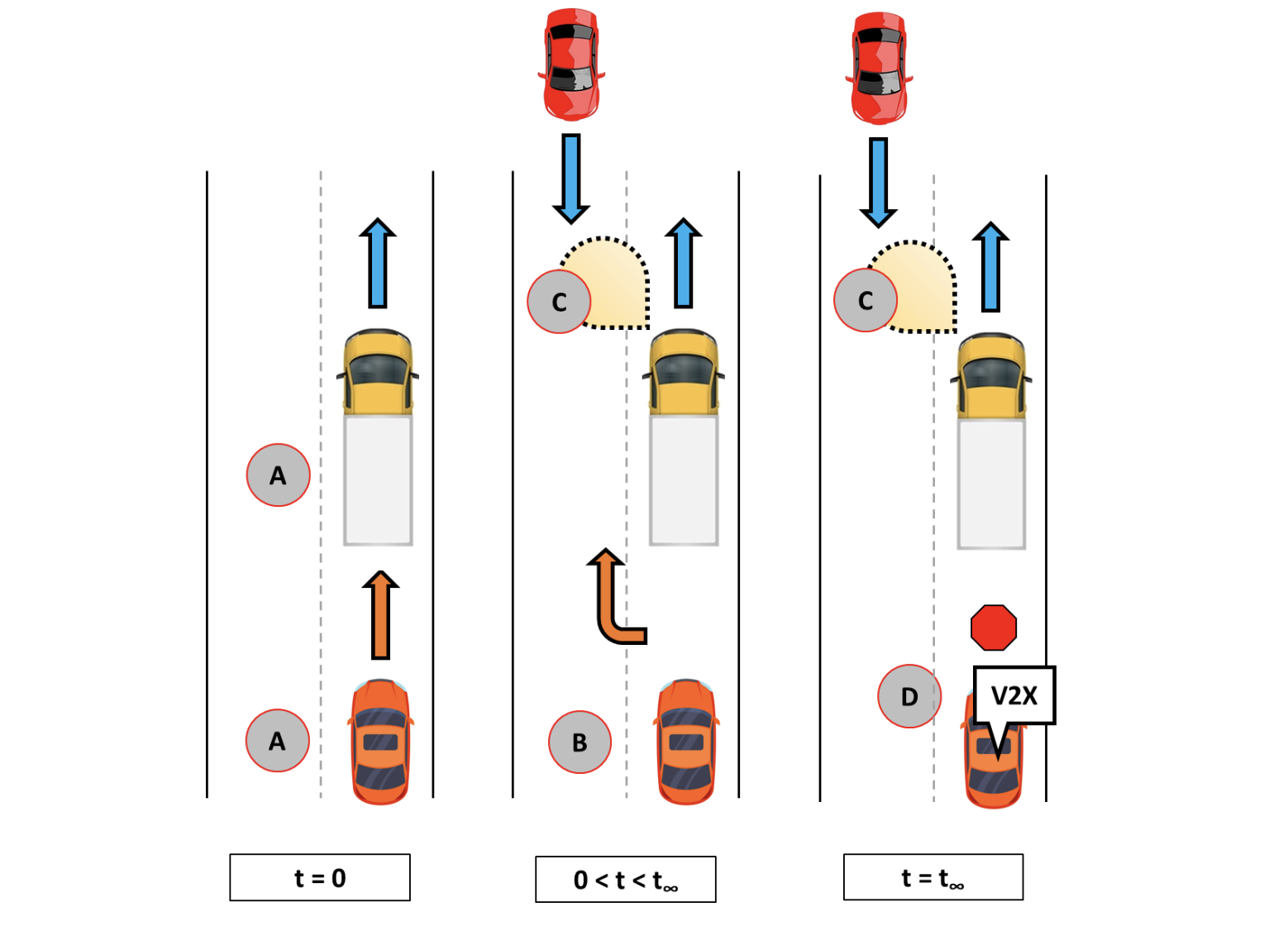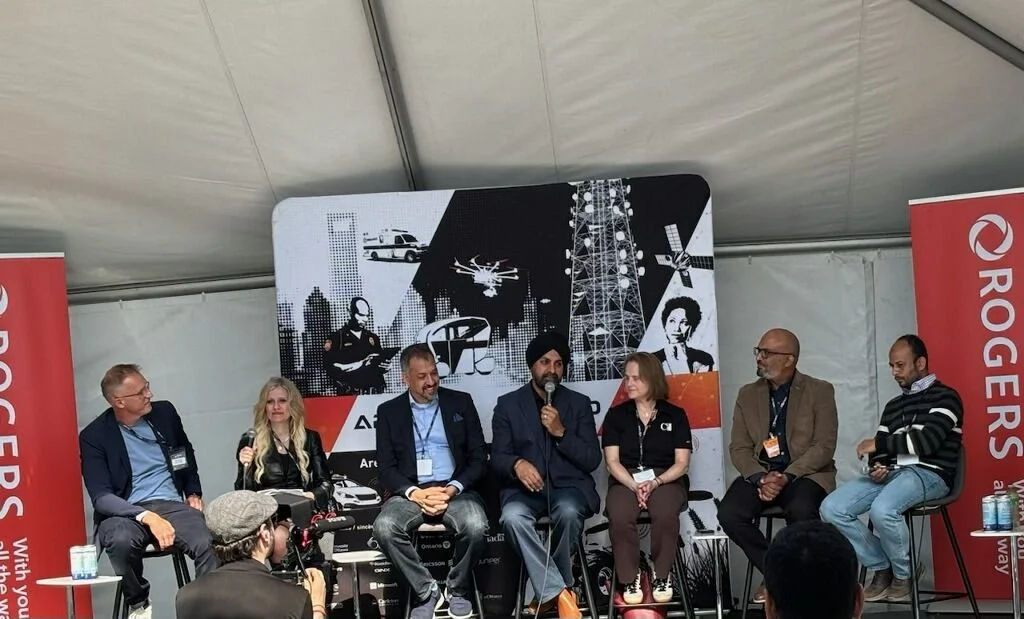NuPort Tests Autonomous Truck in Ottawa, Advancing Road Safety for Canada
NuPort worked on a project, led by Area X.O. and operated by Invest Ottawa, that is redefining road safety by addressing some of the most pressing challenges drivers face today, including distracted driving, impaired driving, and aggressive driving.
Autonomy often sparks questions. Does it really work? Is it safe? Is it ready for the real world? Too often, the conversation focuses on fears of job loss or the idea that autonomy only benefits businesses. At NuPort, the goal has always been different.
Our team thrives on curiosity and continuous improvement. Being great today only fuels our pursuit of being greater tomorrow. From distracted drivers to unpredictable weather and ever-changing road conditions, the risks on our roads are real. Technology gives us the opportunity to reduce those risks and save lives.
Every road user matters. From truck drivers on overnight shifts, to pedestrians in crosswalks, and families on their daily commute, our work is about making every journey safer through the judicious use of AI in the transportation ecosystem.
Safety Use Cases
We are testing across all Canadian seasons, from bright skies to heavy rains/snow, to ensure reliability in both ideal and harsh conditions. Unlike fair-weather testing environments common elsewhere, our systems are validated against real-world harsh Canadian winters with snow, ice, poor lighting, and bulky clothing that makes pedestrians harder to detect.
In our work with Invest Ottawa on the ERSTPP project, we focus on four safety scenarios:
Forward Collision Warning (FCW):
This system provides alerts to the driver and the AEB system using in-cabin sensors and V2V communication. It helps avoid or reduce the severity of rear-end crashes with vehicles ahead. By combining perception and communication, it ensures quicker reaction to sudden stops or slowdowns.
Left Turn Assist (LTA):
During unprotected left turns, the system issues alerts to both the driver and AEB. It uses onboard detection, V2V, and V2I communication to identify risks from oncoming traffic or pedestrians. This is especially critical when the driver’s view is blocked, helping to prevent dangerous intersection crashes.
Fig 3. NuPort’s autonomous truck at Area X.O during a Left Turn Assist safety scenario
Intersection Movement Assist (IMA):
IMA warns the driver and AEB system when it is unsafe to enter an intersection. Using onboard detection, V2V, and V2I communication, it evaluates potential conflicts with vehicles or pedestrians. For example, it can detect when another vehicle is likely to run a red light, preventing severe collisions.
Do Not Pass Warning (DNPW):
This system alerts the driver and LKA system when a passing maneuver could cause a head-on collision. Using onboard detection and V2V, it prevents overtaking in unsafe conditions. It can also issue alerts when drifting across the center line due to distraction, fatigue, or medical emergencies.
Fig 5. Graphical Representation of Do Not Pass Warning Test
By combining in-vehicle perception with V2X communications (5G and PC5), we create redundancy so that if one system is blocked or delayed, another layer of safety can still act.
Our Partners
Our commercial semi-truck (Volvo VNR64, 2020 Daycab) is equipped with lidars, high-resolution cameras, GNSS, Radars, and drive-by-wire system for precise control. But hardware and autonomy software alone areis not enough. We are working closely with our partners to deliver solutions that bring together human awareness, infrastructure intelligence, and connectivity.
NuPort Robotics:
Leads the development and integration of the autonomous truck platform, bringing together advanced perception, decision-making, and control systems to ensure reliable operation in both controlled and unpredictable environments.
Invest Ottawa:
Provides leadership through Area X.O., Canada’s premier test facility for connected and autonomous vehicles, offering access to private 5G, V2X infrastructure, and a controlled environment that enables rigorous validation across all scenarios.
Ergoneers:
Supplies head-mounted eye-tracking technology and software that measures driver attention and distraction, ensuring that the human factor is never overlooked and that in-cabin monitoring complements external perception systems.
NRC (National Research Council):
Contributes infrastructure-based analytics, with cameras that detect pedestrians and predict their movement patterns. This data is shared with vehicles to enable early warnings and proactive braking, especially at intersections.
Breeze Traffic:
Provides radar-video fusion systems for monitoring oncoming traffic and identifying red-light violations, supporting vehicle-to-infrastructure communication and improving decision-making in Left Turn Assist and Intersection Movement Assist scenarios.
Sensor Cortek:
Develops advanced on-vehicle perception systems that fuse camera, lidar, and radar data, detecting and classifying hazards with high accuracy and sending precise object information to the autonomous control stack.
Together, these technologies form a resilient safety net. Each partner fills a gap the others cannot, proving that collaboration is essential to building safer roads.
Fig 5. From left to right, Alexey Iskrov (Bridge Traffic), Sonya Shorey(Invest Ottawa), Omar Choudhry (City of Ottawa), Colin Singh Dhillon (NuPort), Kelly Forbes (C3 Human Factors), Fahed Hassanat (Sensor Cortek), and Atiqur Rahman (NRC).
Recently, Colin Singh Dhillon, leading business development, spoke as a panelist at the GCExpo hosted by Area X.O. As a pivotal partner, we shared more details about this project and engaged directly with industry leaders and policymakers who are equally focused on building the future of road safety.
Building the Future of Road Safety
All of our testing follows industry standards, ensuring results that are globally recognized and nationally relevant. By aligning with Transport Canada’s Vision Zero priorities, we are helping shape frameworks that will reduce fatalities and protect Canadians for generations.
At NuPort, we believe autonomy is not about replacing people, but protecting them. By combining state of the art autonomy software connected infrastructure, and real-world testing across every season, we are proving that technology, when designed with safety first, can save lives.




